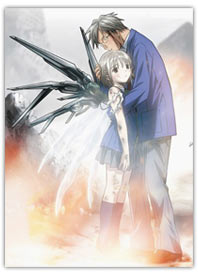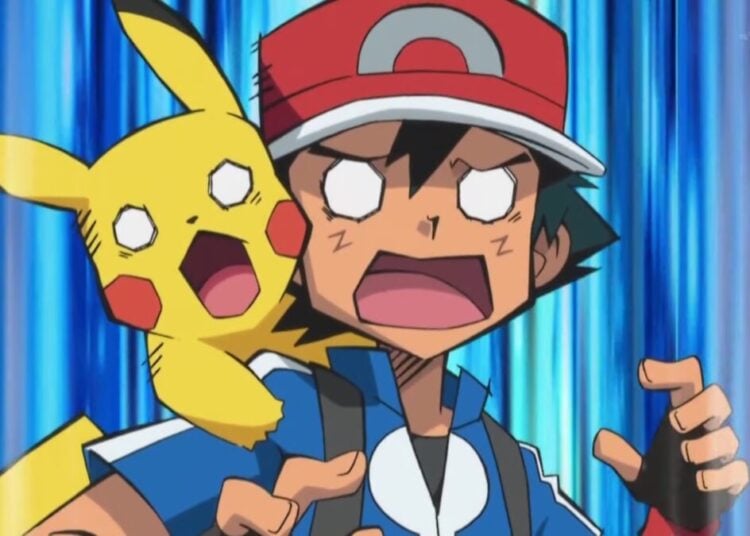I recently watched an anime called She, The Ultimate Weapon (aka Saikano: The Last Love Song on This Little Planet), a well-written high school love story about a boy named Shuji and his shy girlfriend Chise (chi-seh), with an interesting twist that Chise has been turned into a terrible weapon of destruction by the Japanese military. Chise is a great character: although she can destroy entire cities, she’s still a shy, bumbling dojikko who falls down a lot and who isn’t sure of her own feelings toward her boyfriend. In one scene I thought was interesting, Shuji and Chise nearly break up because neither is sure about how to handle themselves in a romantic relationship. Chise says, “I don’t know anything about dating…I read comics….but unlike other people, I didn’t know what to do.” This scene highlighted a big difference in the perception of comics between Japan and the West, and the way many stories in girl’s manga serve as an important source of information on love and relationships that wouldn’t be available through any other medium. This is an idea that would have been impossible to conceive of before manga became part of the larger world popular culture. Can you imagine reading X-Men or Spider-Man to find out about relationships?
(Of course, some of the content in books like Sho-Comi can get on the steamy side, as it’s aimed at a higher age teenager. In cases like these, J-List always specifies this in the descriptions so there’s never any confusion with customers.)

Saikano is a unique love story in the middle of war, which is dark and moving.














